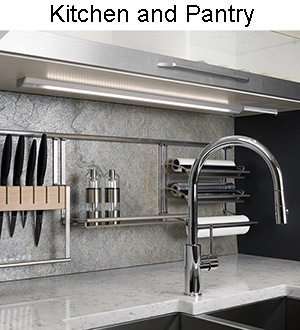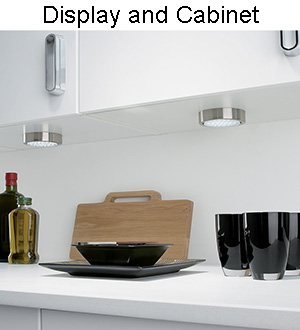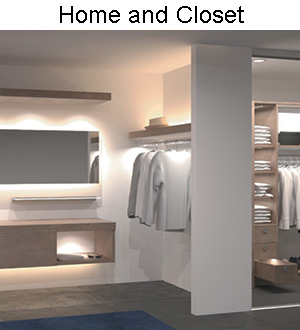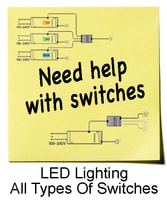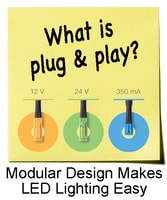LED Light Layering | The Fourth Dimension of Design
Posted by Gary Lederman on 17th Jan 2016
LED Light Layering is the use of multiple light sources adding depth and dimension to a room. It helps balance a room by minimizing glare and shadows. Just one light source can’t give you everything you need to illuminate a room correctly. A variety of light sources can create a flexible and inviting space. Light layering combines ambient lighting, accent lighting, and task lighting to create a balanced, visually comfortable space.
Task lighting
Task lighting adds illumination to areas of a room where daily activities like reading, sewing, studying, preparing meals, or personal grooming are performed. Effective task lighting should be free of distracting glare and shadows to enhance visual clarity and prevent eyestrain.

Accent lighting
Accent lighting adds drama to a room. It emphasizes specific areas and creates added dimension and depth to an environment. Accent lights are placed in a room primarily to accentuate a textures, architectural features, or certain objects.

Ambient lighting
Having a central source of ambient light in a room is fundamental to a good lighting plan. It is the base upon which you add all other layers of lighting. It provides a room with a comfortable level of illumination without glare. Examples of ambient lighting include down lights, cove lighting, and wall washing.
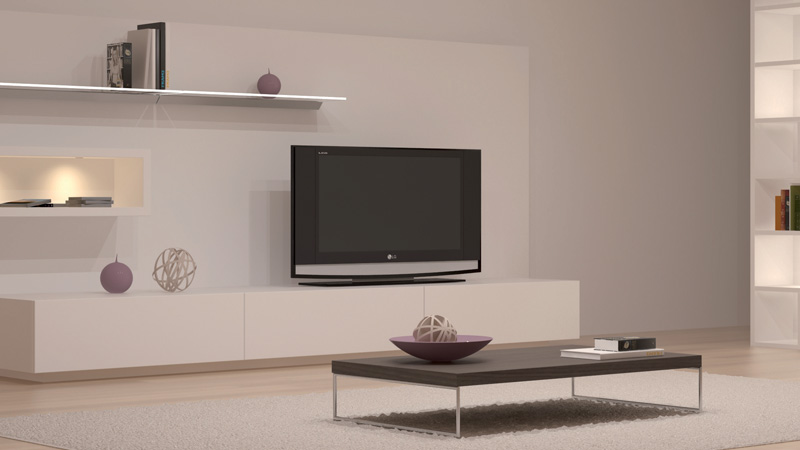
Try to bring as rich a mixture of lighting as you can into your home or office. Blend task, accent, and ambient lighting in any area that you want to look spectacular. LED light layering can do far more than you realize. It can draw attention to places where you want it and move the eye away from places where you do not want it.
Once the LED light layering is defined, each layer should be assigned separate control devices. By adding dimmer switches where necessary you can create a wide variety of visual scenes, moods, and functionality. Light layering truly is the fourth dimension of room design. x


